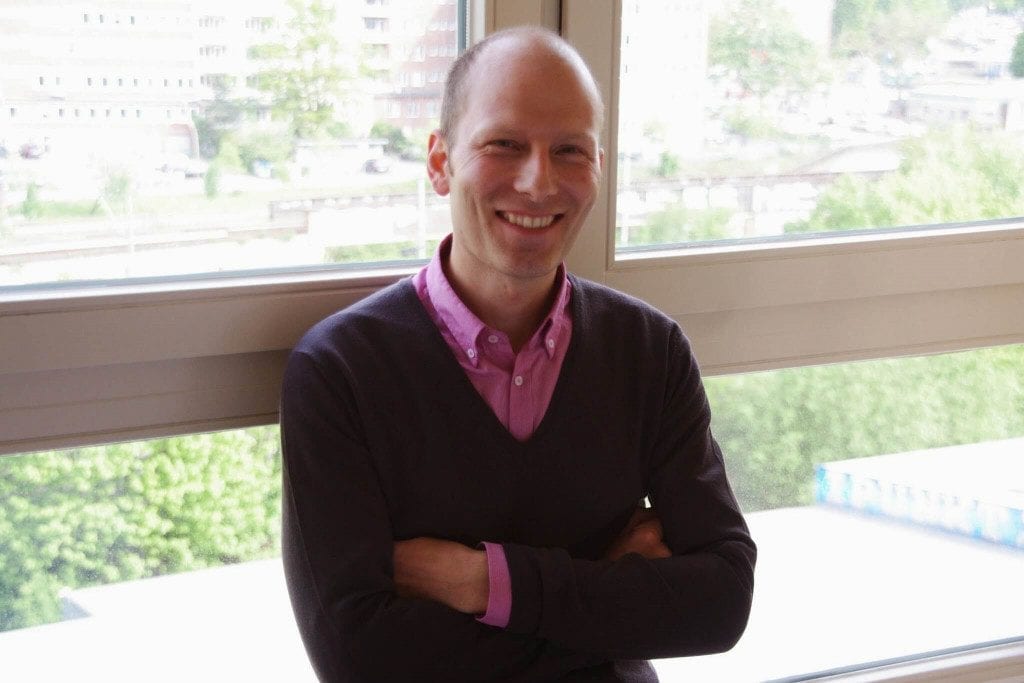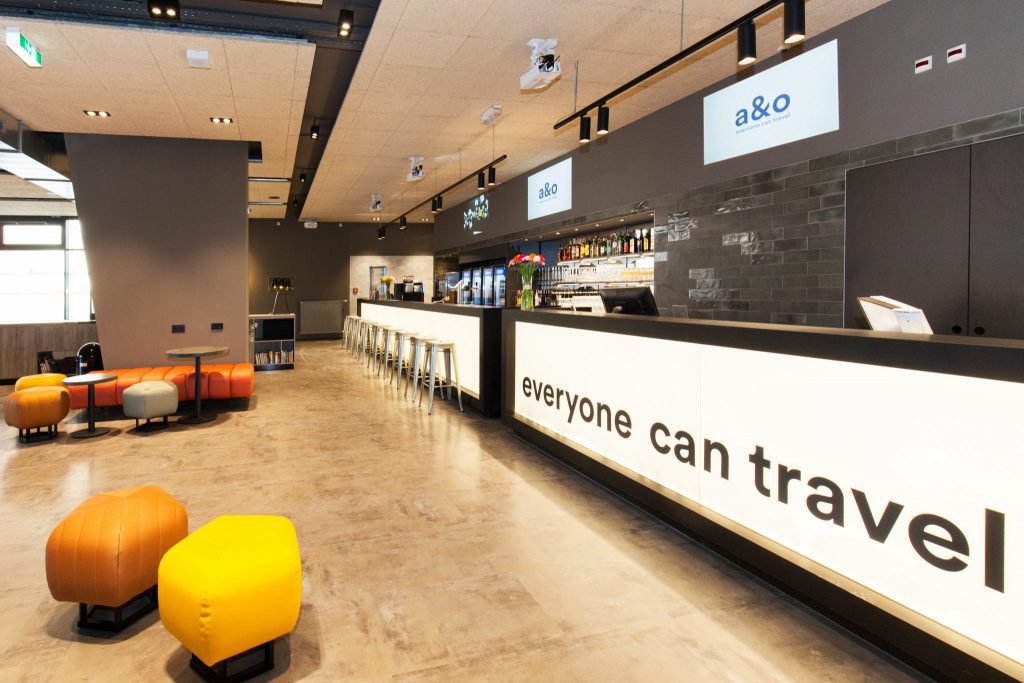Skift Take
There's more than one way to run a hostel and, in A&O's case, it means keeping prices as low as possible.
The dominant narrative for the growing hostel sector is that it’s a design-led revolution. Brands like Generator and Accor-owned Jo&Joe are acting like boutique hotels in a bid to entice travelers. But what if there’s another way?
Instead of focusing on creating cool communal spaces with cutting-edge food and beverage offerings, cut costs and prioritize pricing. That’s what A&O Hotels and Hostels is doing. In fact, the budget chain sees itself as similar to low-cost airlines like Ryanair, with the aim of keeping things as cheap as possible for consumers.
“We bring some new demand because of the price, like Ryanair is creating demand…that’s what we’re doing as well but we never create the reason…to travel. That’s a bit different then Generator,” CEO Oliver Winter told Skift.
Like his CEO counterpart in the airline world Michael O’Leary, Winter is relentlessly focused on costs, which enables him to offer a dormitory bed for as little as $13 (€12) a night.
“I’m 100 percent sure, there’s no big player in the game, like Meininger or Generator or even Jo&Joe, who can produce this stay as cheap as we can produce it,” he said.
A central team based in Berlin manages every hostel — A&O technically styles itself as a hybrid hostel, budget hotel company — meaning fewer staff. Crucial to the model is also the using space efficiently. Typically A&O can squeeze in more beds per square meter than a hotel. So in the same space you might have four beds instead of two. Both these options may bring in the same amount of revenue but A&O can upsell beers and breakfast to double the amount of people.
In that sense it is hard for the big hotel companies to compete, even if they decide they want to get more involved in the hostel market.
“I’m not so concerned about what these big guys are doing because it’s almost very, very difficult if you come from upscale to [move] down…it failed with the airlines, BA tried it, Lufthansa tried it,” Winter said. The only area he’s really worried about is competition for building plots in key locations.

Sticking Close to Home
Winter co-founded the company after traveling around the world in the mid-1990s and A&O opened its first hostel in 2000, a 164-room property in Berlin. It now has 35 properties in 21 cities mostly across central Europe.
This makes it the biggest commercial hostel operator in the market — not counting those in the not-for-profit sector — ahead of the likes of Meininger and Generator. And while other brands might be eyeing the United States for expansion, A&O is staying closer to home.
“I think we’ve got still a lot to do in Europe. There are a few target markets like Italy, Portugal, Spain where we really want to grow more,” Winter said.
A&O’s ability to expand comes partly from the financial backing secured when private equity firm TPG bought it in 2016.
As an entrepreneur-led company it was much harder to get funding to expand in different countries. TPG coming on board helped that problem go away. It also led to the hiring of a new senior management team with a new chief financial officer, chief investment officer and chief operating officer coming onboard within 18 months.
The privately held company generated revenue of around $171 million (€152 million) in 2018.
Between 30 and 35 percent of A&O’s bookings come from group travelers, that could be schools or sports clubs. When assessing the company in 2017, ratings agency Moody’s said that the very high retention rate for groups made “its business profile very resilient” while also giving it “superior revenue visibility with close to 35 percent of its annual sales pre-booked before 1 January.”
Around 50 percent of all bookings come via third parties such as online and brick and mortar travel agencies with around 50 percent coming direct.
Winter said part of A&O’s success had been creating a booking engine that enabled groups of up to 50 people to book direct and in real time online.
Fragmented Market
The hostel industry remains highly fragmented, and this has given brands room to scale up, through small acquisitions or expansion.
“While consolidation is growing roughly 90 percent of the supply is still independently-run. Three of the five largest hostel brands transacted in the last six years: Meininger in 2013, A&O was acquired by TPG in 2016 and Generator sold in 2017,” Anna Friedrich, associate director of real estate advisor Christie & Co, told Skift via email.
“There has clearly been more activity and investor interest in the sector has increased significantly over the last decade, I therefore expect to see more consolidation in the sector particular as investors are getting more familiar and comfortable with the business model.”
When it comes to identifying potential new properties, A&O looks for around 750 beds. Choosing such a large number makes buying up smaller hostels that come on to the market a bit trickier. To that end Winter is considering adding another brand to the group at some point in the future, similar to what hotel companies do. There’s also the option of moving into franchising.
Might A&O play a part in the market consolidation? Winter, thinks with TPG’s backing it is a possibility.
“The nice thing, these guys are able to, if needed, they can…inject more money,” he said.
“It’s all about yield. As long as the outcome is nice, money is no limit anymore for us. If tomorrow we could buy Generator, Meininger altogether, for the right price, we just could do it. But it’s just a question of return.”
Have a confidential tip for Skift? Get in touch
Tags: hostels
Photo credit: The reception of an A&O property. The company has grown rapidly and is a market leader in the hostels space. A & O Hotels and Hostels
